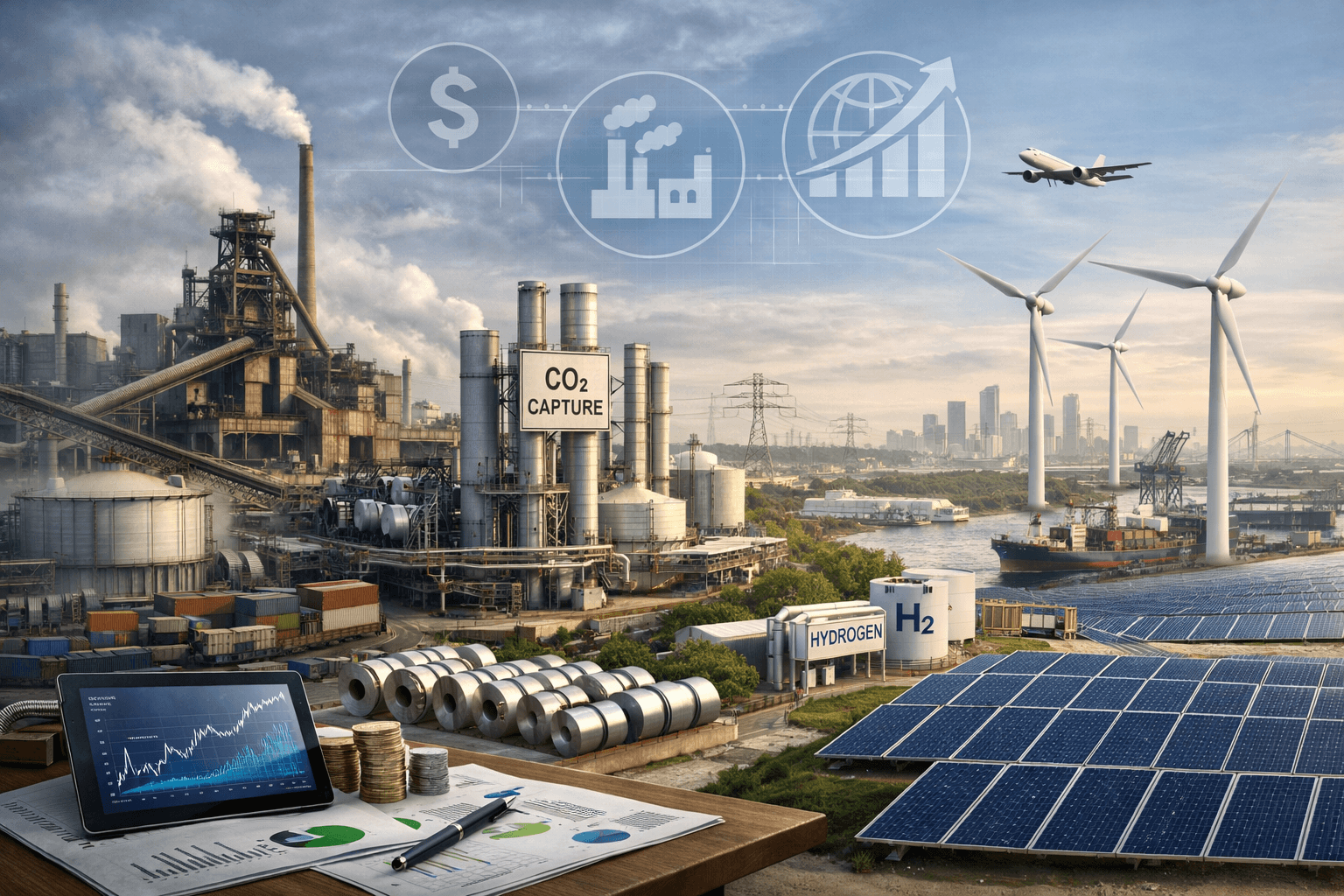Blog
The risk of inaction
Fred van Beuningen
Nov 16, 2023
“The path to green energy is getting messier”, the WSJ headlined and continues to mention fossil consolidation, headwinds like interest rates, geopolitics and project losses (on the wind). This should not come as a surprise.
First and foremost, because of a physical reality, renewable energy sources are significantly less dense than prehistoric solar, aka fossil fuel, and the renewable energy infrastructure needs new and more distribution, introducing significant costs to the energy system.
Second, transitions are messy and have chaotic dynamics where build-up and breakdown happen simultaneously and interact. Illustration courtesy of Drift. Tools have been developed to foster collective narratives around transitions and assist policymakers in designing effective government interventions.
Third, where the rubber hits the road is in Capex Consistency with the good talk about net zero. Building a net zero Oil & Gas company requires some sharp choices not everyone is ready to make and defend, especially in a short-term gain environment. Status quo with a little bit of new fuels (utilizing existing assets) is the safe choice from a short-term gain perspective. Downstream integration into chemicals is still defendable and could even add some speciality (chemicals) margins. However, going full-on renewable electricity or carbon as a resource requires transformation and is riskier from a short-term perspective. Accumulating cash through consolidation and building a carbon removal and utilization company using some of that cash not to buy back shares but to invest aggressively in new activities and infrastructure could be a good transition narrative for Oil & Gas leaders.

Fueling the rise of low-carbon hydrogen
The role of government is essential. Take hydrogen, generally seen as indispensable to decarbonize industries with high-temperature processes. The debate about efficiency is interesting but less important than total system cost (Ad van Wijk) and demand creation by government interventions, for example, the new measures of the Council of the EU to raise the share of renewable energy in its energy sector by 2030. As part of the new measures, EU member states are now mandated to replace 42% of fossil hydrogen used in industry with low-carbon hydrogen, with the target raised to 60% by 2035. With the EU consuming approximately 10 Mtonne of hydrogen annually, the new measures create an initial market demand of 4 Mtonne of low-carbon hydrogen by 2030. Many low-carbon hydrogen projects are currently pending due to an inability to secure long-term offtake agreements; the new measures should ease demand barriers. However, the high cost of hydrogen remains the main barrier to industry investments.
Getting out of the status quo mindset and contributing to a new narrative of build-up and breakdown with a greener future ahead while being realistic about speed and cost is the responsibility of leaders in companies and government. The risks and potential damages of inaction are too significant.


